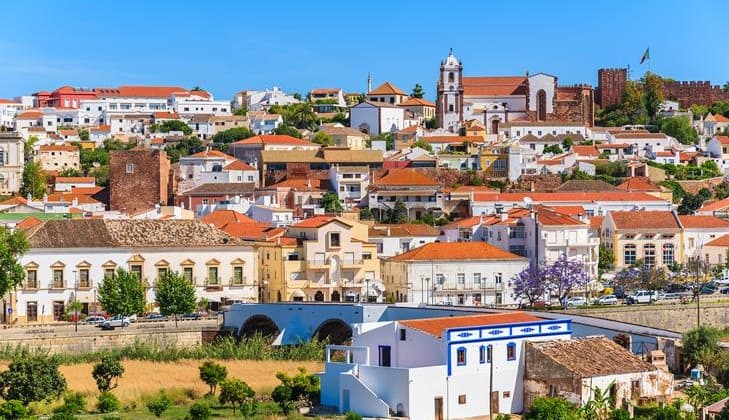
Silves is a historic town that was originally the ancient capital of the Algarve and the wealthiest city in the region during the Moorish era (8-12th century). The town was also a major stronghold and important trading center. From the solid redbrick castle, the Moors defended the entire region, while from the harbor, boats sailed down the Arade River to trade with North Africa. Although most of the ancient buildings collapsed in the devastating earthquake of 1755, the massive Moorish castle still stands. The well-preserved and restored monument is one of the most important in Algarve and the town’s main attraction.

Today, Silves is a peaceful and unhurried place, but remnants of this illustrious past can be seen scattered throughout the town. This includes the imposing castle (Castelo de Silves), heavily fortified gateways, and the Gothic Se cathedral.
The town is located by the Arade River, which was an important route into the interior for the Phoenicians and later the Romans. When the Moors invaded in the 8th century, it grew thanks to the strategic hilltop location by the river. It was named Xelb (or Shelb) and is said to have rivaled Granada and Lisbon in splendor and influence.
During the 12th century, Silves was subjected to continued fighting, as the newly established Catholic Portugal tried to drive the Muslim Moors from the Algarve. Regular battles to 1249, when Portugal’s King Sancho I and English crusaders tried to and finally succeeded in capturing the town. This ultimately led to the demise of Silves, and the severing of trade routes to North Africa.
In 1755 the town was badly damaged by a massive earthquake, which destroyed much of the castle and cathedral. The earthquake also caused huge landslides that altered the flow of the Arade River and prevented it from being a navigable port. Since then, Silves has remained a minor town and a center for agriculture.
Most of the architecture around the town today is from the late 18th, 19th, and 20th centuries, except for a handful of monuments.
Silves is located inland, it doesn’t have any beaches (the closest ones are in Armação de Pêra, about 20 minutes away), so it’s not a place where many tourists stay.
The cobbled lanes around the castle lead to a gothic cathedral and a small archaeological museum worth visiting, and there are outdoor restaurants in the center and on the riverfront for meals before heading back to the beach.
It is a very quiet and even rather sleepy town, but a charming place to visit on a day trip from Lagos, Alvor, Portimão, Carvoeiro, or Albufeira.
If you’re in the Algarve in August, you’ll definitely want to visit Silves, as it hosts a 1-week-long Medieval Fair around the castle (dates vary each year but it’s usually in the second week of the month). It recreates life in the 11-13th centuries, with people dressed in medieval costumes, reenactments of battles, a market, and lots of food. Everything is paid in the currency of the time, the ‘xilb’ (visitors exchange euros on the site).
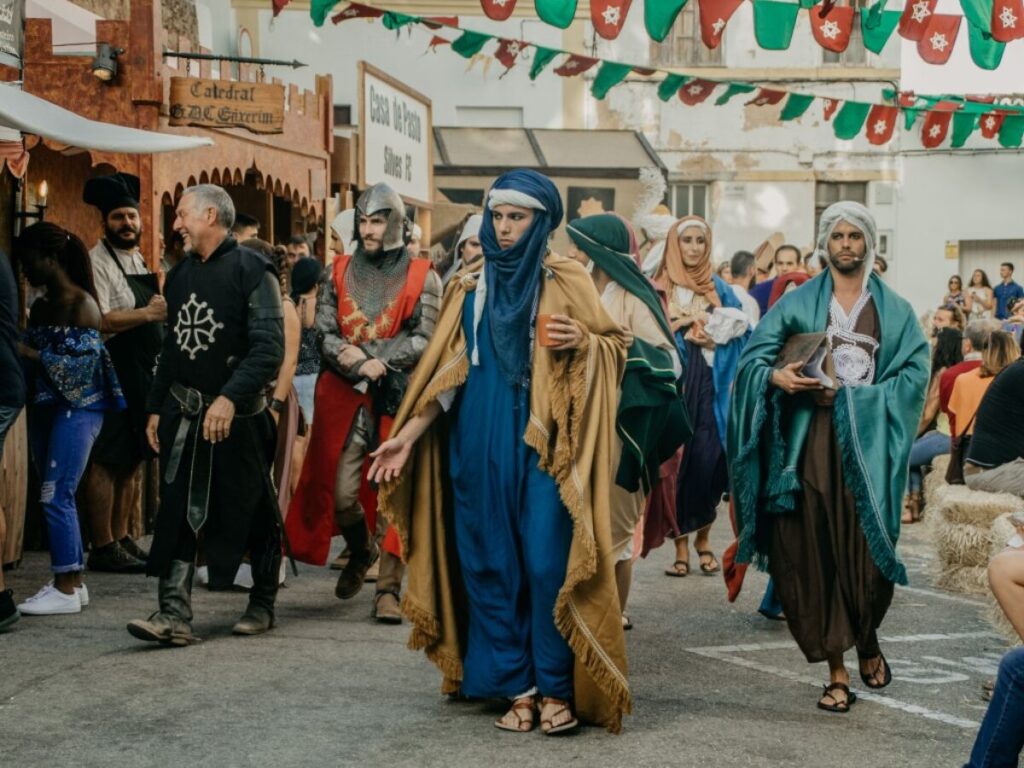
For your day trip, Silves is a joy to explore and has a distinctly Portuguese ambiance, with open-air cafes, cobbled streets, and a relaxed pace of life. It is the best day trip of the central Algarve region and is highly recommended during your holiday or tour of the Algarve.
Attractions in Silves
- Silves Castle (Castelo de Silves)
Silves’ red brick castle is Algarve’s largest and the best-preserved ancient monument, and also the most impressive castle of southern Portugal, and from where the Moors ruled over the entire Algarve.
Built by the Moors in the 10th century, it was expanded by the Christians until the 1500s. It was in ruins by the early 20th century, so its ten towers were restored in the 1940s. Decades later there were archaeological excavations inside its walls, and the restoration of the building and gardens was finally completed in 2009.
Visitors may walk around the walls, admiring views over the town and surrounding countryside, and see two well-preserved cisterns. The oldest predates the castle, as it was already used by the Romans. The newest one, supported by 12 columns, is from the 12th century and is used for temporary exhibitions. The castle was home to governors, but their residences disappeared over the centuries and only the archaeological remains of their foundations remain.
Outside, by the entrance, is a bronze statue of King Sancho I, who first conquered the castle and the town for the Portuguese kingdom in 1189.
The castle is open every day of the week, only closing on Christmas and New Year’s Day.

- Silves Cathedral
The mighty Gothic Cathedral was constructed on the site of a Moorish Mosque and is located just below the castle. It was originally built at the end of the 13th century and was severely damaged by the earthquake in 1755, so it had to be restored in the 18th century. Much remains from the original building, including the Gothic doorway and the columns that support the nave. The clock tower is from the 18th century. The Cathedral holds the tomb of King João II, who was buried here in 1495, although his remains were later moved to the Batalha Monastery in central Portugal. It’s open from Monday to Friday.
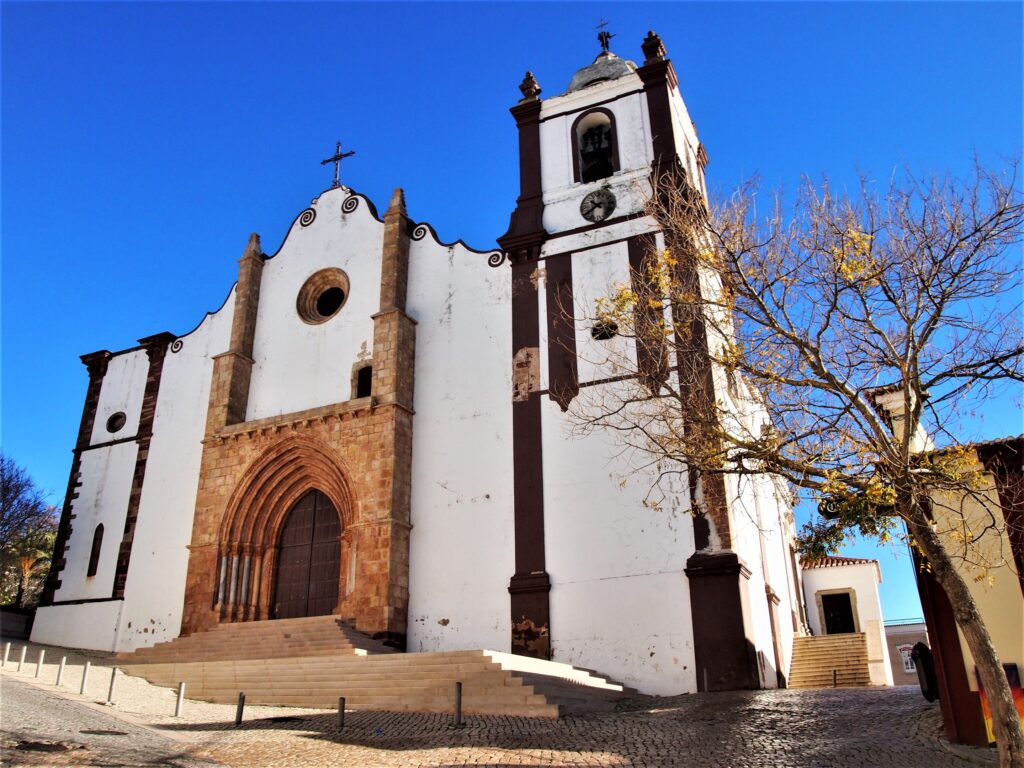
- Igreja da Misericórdia (Mercy Church)
Silves was donated by King João II to his queen Leonor in 1491, and this church was later built to serve the Santa Casa da Misericórdia, a charity that Leonor founded to treat the sick. The building has a very plain exterior. A classical portal as the main entrance and a more intricate Manueline (Portuguese Gothic) portal on the side facing the Cathedral, was added in the 1520s. Inside, it lacks ornamentation and is completely painted white. The only color is that of the altarpiece, which covers an entire wall, and dates from the mid-1700s. The central image was painted in 1927 and depicts the Visitation (the visit of the Virgin Mary, who was pregnant with Jesus, to St. Elizabeth, who was pregnant with John the Baptist, as told in the Gospel of Luke). Surrounding it are seven other paintings, dating from much earlier (1630) and illustrating the seven corporal works of Mercy.
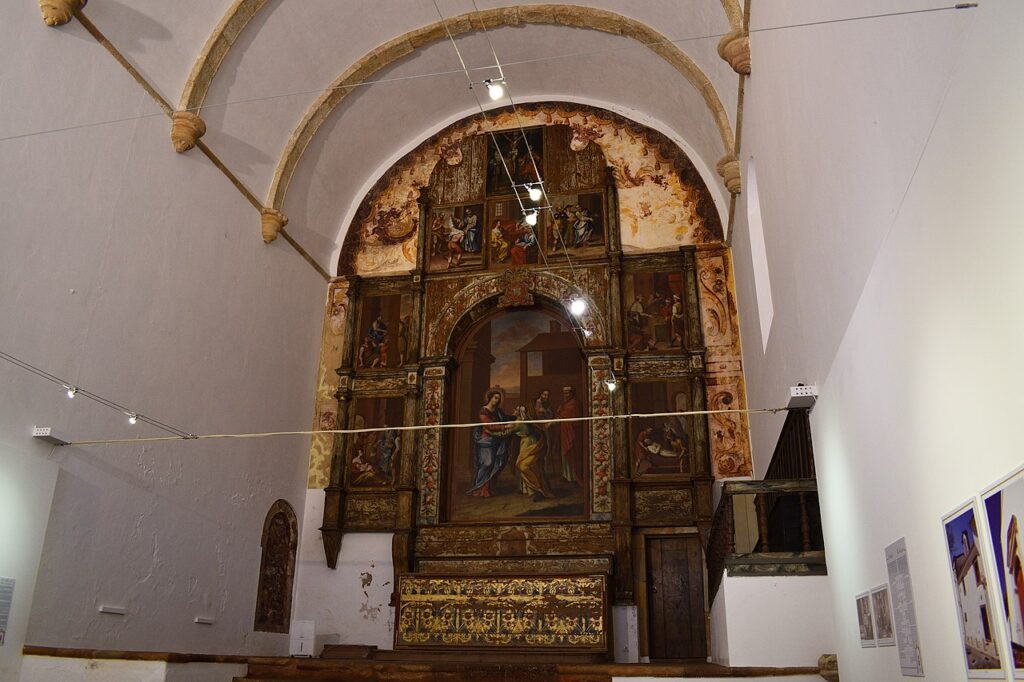
- Silves Archaeological Museum
This small museum explains the history of Silves and much of the Algarve through prehistoric, Roman, and Moorish artifacts found in the area. The centerpiece is a Moorish well from the 12th century, discovered during excavations in the 1980s, shortly before the building was completed and the museum inaugurated in 1990. Another highlight of the collection, which goes from the Paleolithic period to the 17th century, is a menhir from the Neolithic age, and there’s also part of Silves’ Moorish wall.
The Museum is open every day of the week, closing only on Christmas and New Year’s Day.
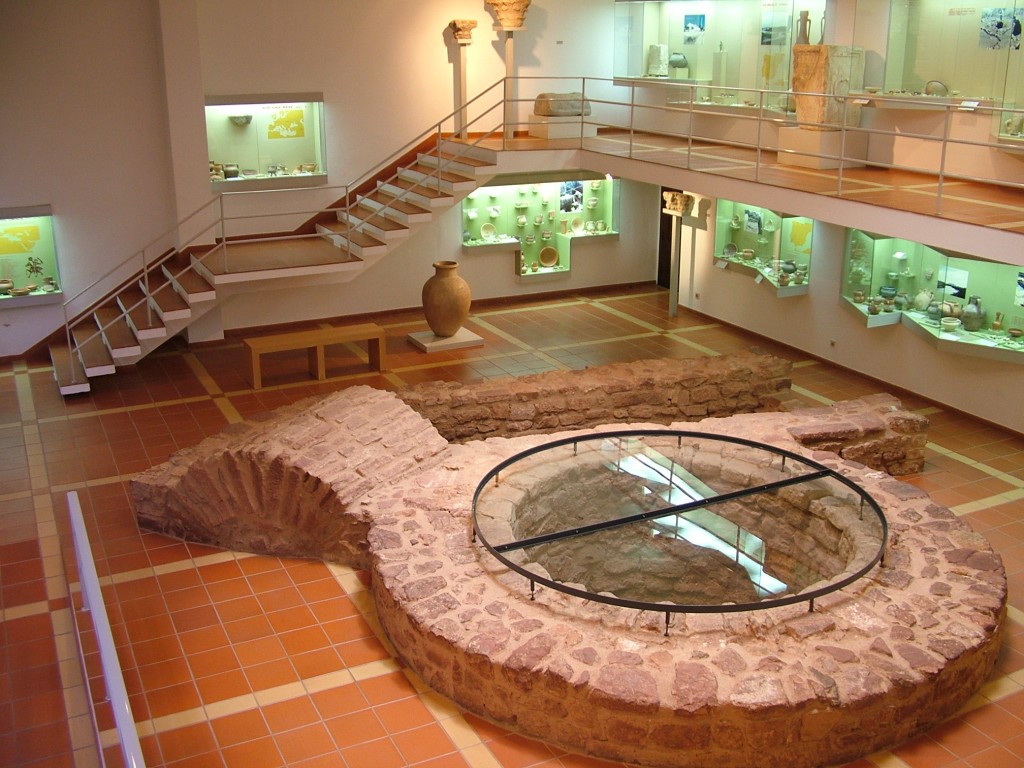
- Islamic Heritage Interpretation Center
Silves’ small main square (Praça do Município) is home to the tourist office, which occupies the same space as the Islamic Heritage Interpretation Center, inaugurated in 2002. It’s divided into three sections, recalling the Islamic influence in the town, especially in agriculture, and presenting poems written by the poet-king Al-Mutamid.
In the same square stands the old Town Gate (Portas da Cidade), a heavily fortified gateway that leads into the historic center of Silves.
The Islamic Center is free and open from Monday to Friday.
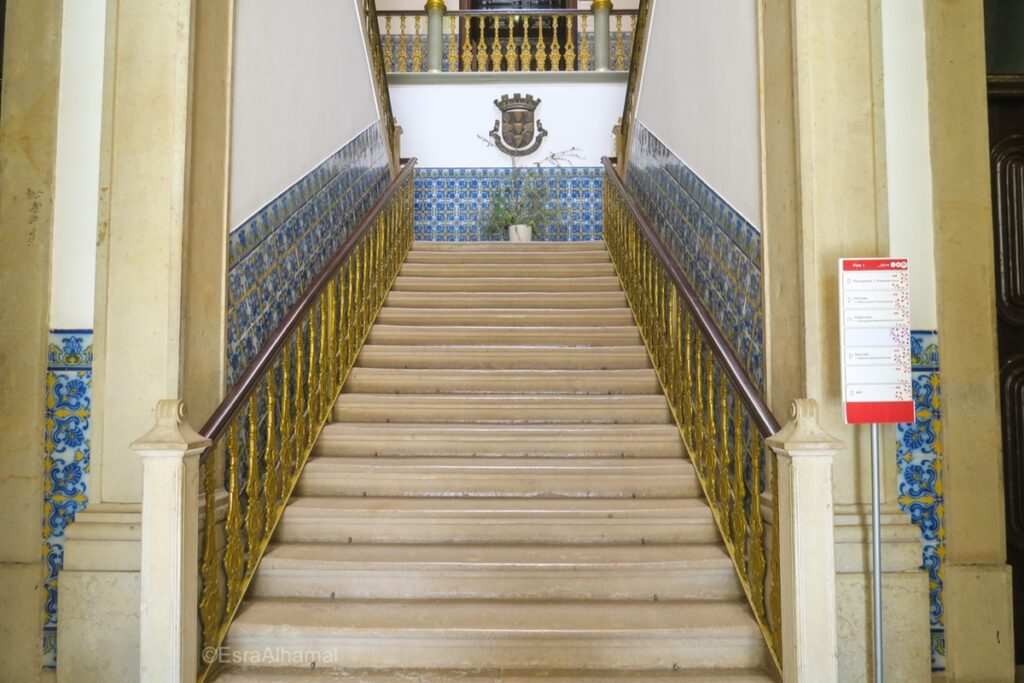
- Chapel of Our Lady of the Martyrs
It was once believed that this chapel was built in the 12th century to hold the remains of those who died in the siege of Silves in 1189 (the “martyrs”), but the architecture points to the 16th century as the time of construction of the present building. It stands outside the old center (to the west) and isn’t regularly open to visitors. If you find it open, it’s worth taking a look inside to admire the Gothic and Manueline vault and the baroque altarpieces.

- Old Bridge (Roman Bridge)
It’s sometimes called “Roman Bridge,” but that’s an error since it dates from the 14th century. Historians do believe, however, that it’s on the site of an older Roman bridge. Until the 1960s, it was the main access to the town and is now for pedestrian use only. It’s 76 meters long and 5 meters wide and supported by five Roman-inspired arches. Cross it for a panoramic view of the town and of the orange and almond trees of the countryside.
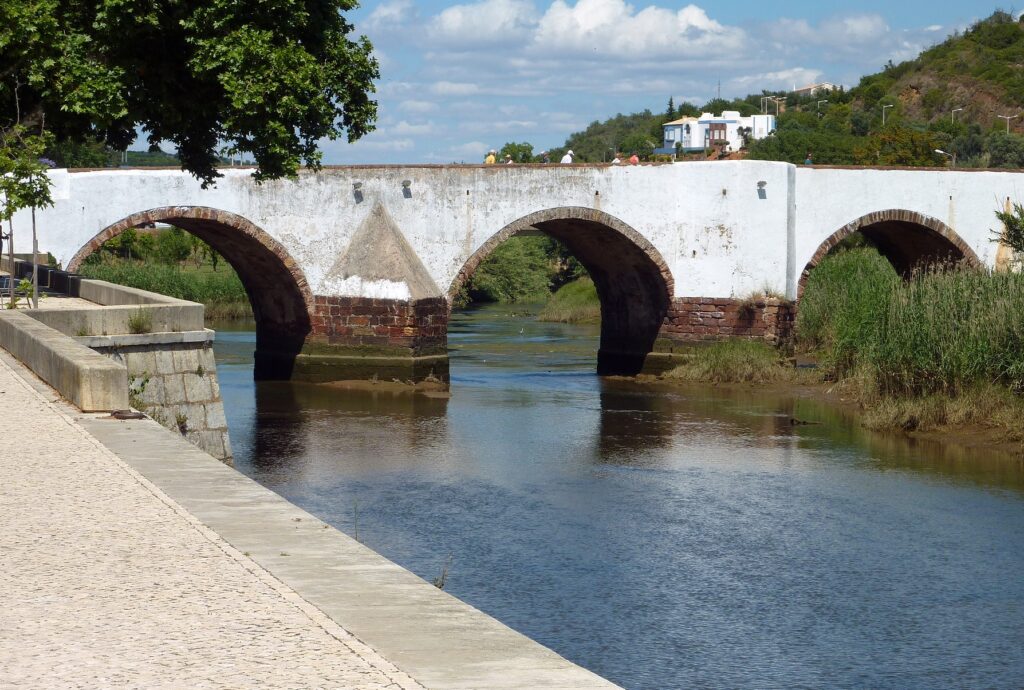
- Cross of Portugal
The Cruz de Portugal is a 15th-century medieval cross, which is historically significant but is only a minor tourist attraction.
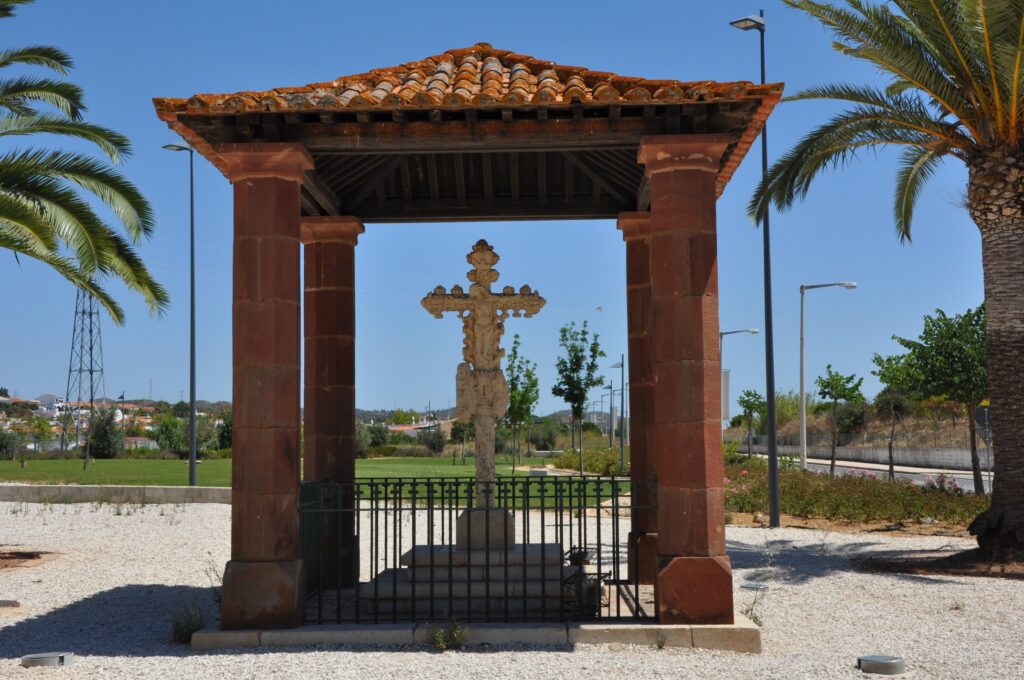
A day trip to Silves
Silves may only be a small town, but there is a lot to see, and it is a great destination for a day trip. No other place in the Algarve can rival Silves’ long and varied history, while the castle is a truly unique attraction of southern Portugal.
Silves has a completely different ambiance to the hectic coastal towns and is a great location to experience typical Portuguese daily life. There is the daily market with stalls selling local produce, there are bustling cafes filled with locals, and restaurants serving traditional Portuguese dishes.
The historic center of the town is compact and can be easily explored on foot, but there are steep cobbled streets leading up to the castle.
Silves is one of the best destinations in the Algarve for a day trip, and there is decent public transport from the major tourist centers of Lagos, Portimão, and Albufeira.
By car, you will find there a large car park to the southwest of the town. Never try to drive in the historic center as the roads are narrow and there is almost no car parking.
If you go by bus, the main bus stop is next to this car park and close to the tourist information.
Silves train station is 1.5km to the south of the town, and the walk is not very pleasant as part of it follows a busy road with no footpaths.
Why to stay in Silves
The majority of visitors to Silves are day-trippers, and very few even consider a night’s stay within the town. However, the town offers a peaceful setting, numerous restaurants, and a true Portuguese experience, which is difficult to find in the Algarve.
So, if you are planning to visit the Algarve, do consider Silves in place of the chaotic resort towns along the coastline. This historic town offers excellent value for money, with all restaurants and cafes priced for locals and not over-inflated for tourists.
Accommodation in Silves and the surrounding area tends to be much cheaper, and this is due to the distance from the coastline, 12 km to the south. For a holiday in Silves, it is best to have a car.
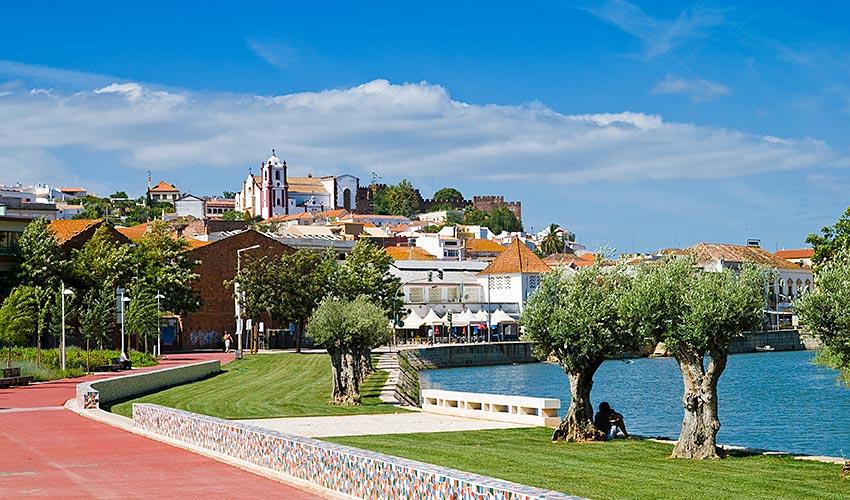
How to get to Silves
It’s recommended that you go by car since public transportation connections are very poor. There is a large car park to the southwest of the town and it is just a short walk to the historic center. By car, Silves is about 30 minutes from Albufeira, 35 minutes from Lagos, 25 from Alvor and Portimão, 20 from Carvoeiro, and about 50 from Faro.
Public transport within the central Algarve is very limited, but it is possible to travel to Silves from all of the main tourist areas (Albufeira, Lagos, Lagoa, and Portimão).
The train is one option from Lagos, Faro, and Portimão, but Silves train station is 1.5 km (over one mile) south of the town. For the latest train timetable, please visit the Comboios de Portugal (CP) website:
www.cp.pt/StaticFiles/horarios/regional/comboios-regionais-vila-real-s.antonio-lagos.pdf
To reach the tourist attractions from the train station, you need to walk for about a half hour up a busy road that’s not so pedestrian-friendly or be lucky to find a taxi around the station for the 10-minute ride to town.
There are about half a dozen buses depart from the biggest towns (Albufeira or Portimão) on weekdays and it takes 40-45 minutes.
The town is very small, so can easily be explored on foot.









